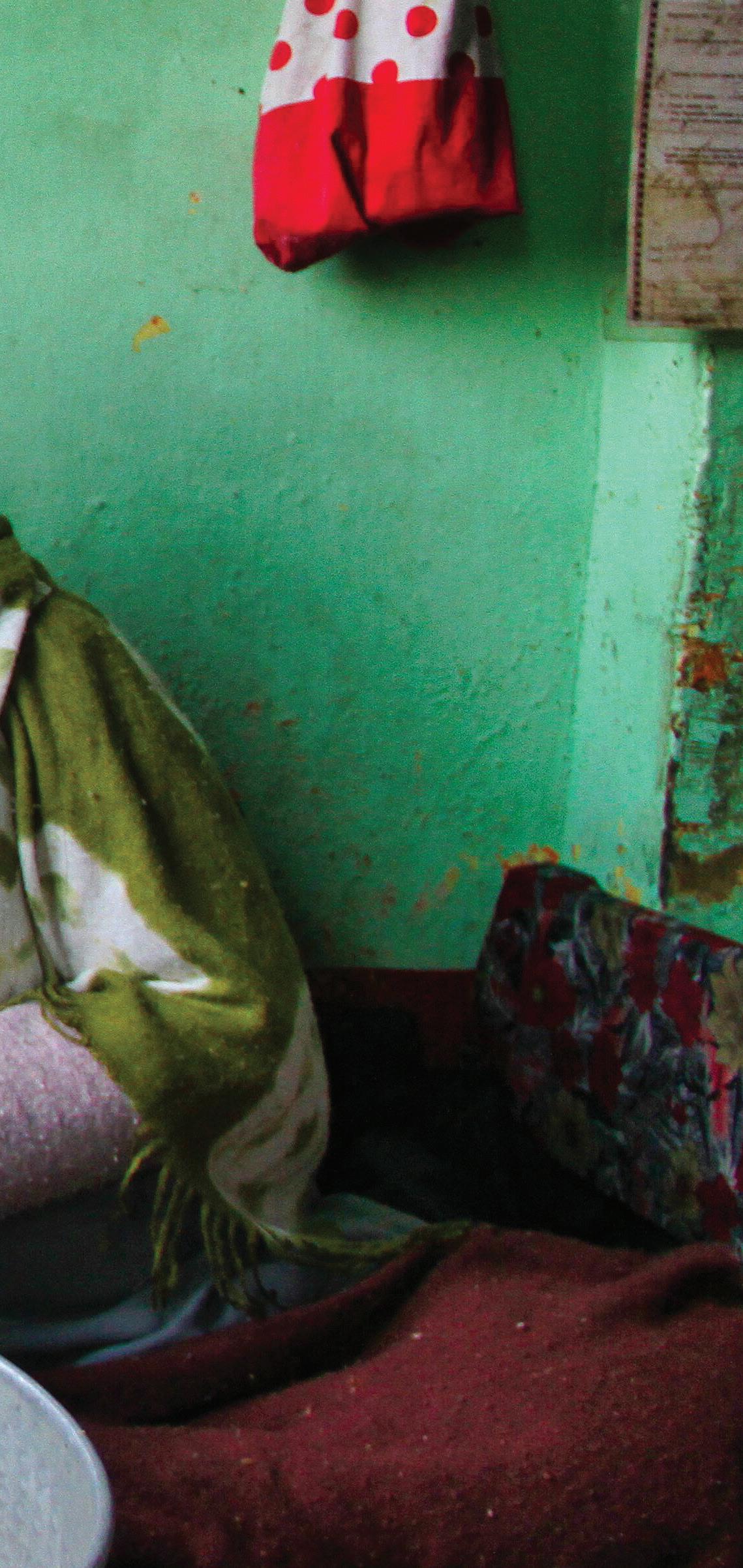
4 minute read
Momos Beyond Borders

For the small Tibetan Muslim community in the Kashmir Valley, traditional meat-stuffed dumplings have paved the way for an enduring bond with the local population.
TEXT Suhail Bhat PHOTOGRAPHY Sameer Mushtaq
A group of Tibetans who came to Indian-administered
Kashmir in 1969 after a failed rebellion against Chinese domination, have fostered a profound bond with locals in the Kashmir Valley through their food—momos in particular.
Momos are dumplings, usually stuffed with meat, chicken or vegetables. Staying true to tradition, most Tibetan restaurants in Kashmir roll out the thin dough rounds using a small wooden dowel. Momos—especially with beef and chicken fillings—are so popular in the Valley that they have become a staple Kashmiri dish.
How did momos—and Tibetans—find a place in Kashmir?
In 1959, as many as 100,000 Tibetans accompanied the Buddhist spiritual leader, the 14th Dalai Lama, to India after a failed uprising against Chinese domination. While a majority of the refugees were Tibetan Buddhists,

the communist authorities also barred roughly 3,000 Tibetan Muslims living in Central Tibet from practising Islam, forcing many to seek refuge in the conflict-torn Kashmir Valley.
Today, around 1,500 Tibetan Muslims live in governmentallotted quarters in Srinagar’s Hawal and Eidgah areas, locally known as “Tibetan colonies.” Eidgah accounts for nearly 90 percent of the total Tibetan population in the Kashmir Valley. A smaller number of Tibetans also live in Gulshan Mohalla in Srinagar’s Makhdoom Sahib neighbourhood.
Despite the small numbers of the community, Tibetan culture and cuisine are ubiquitous around the Valley. The Tibetan colony in Eidgah, in particular, has become a favourite spot for momo lovers, with hundreds of people flocking here weekly to sample the delicacy.
The flavour varies according to the technique and filling. During the winter months in Kashmir, nothing beats a plate of steamed, minced mutton momos. They are delicious paired with a mint chutney or chilli sauce. Deepfried momos are best eaten with mayonnaise and chilligarlic sauce.
Abdul Kareem runs Ab. Kareem Momo Hut, one of the oldest Tibetan restaurants in the Valley. His father, Ghulam Qadir, was among the first Tibetans to introduce momos in Srinagar.
“My father started this business some 40 to 50 years ago, and he was the first person to sell momos in Kashmir,” Kareem says. “Now there are many Tibetan restaurants selling momos all over the city.”
He explained that his father decided to start a restaurant since he could not find work after he migrated. (Although Tibetan Muslims have Indian passports and are allowed to vote—unlike Tibetan Buddhist refugees—they were


prohibited from owning land or working for the Kashmir government under Article 370 of the Indian Constitution. Even though the article was abrogated in 2019, only those Tibetan Muslims who can prove that their ancestors belonged to the state, are allowed to own land).
Unlike many Tibetans who turned to embroidery to support themselves, Qadir chose to make a living by selling traditional Tibetan cuisine.
“Because of the law [Article 370], we could not get a government job or acquire land,” Kareem explains. “As a result, my father decided to open a restaurant.”
Kareem says that his father struggled at first because momos were unfamiliar to the locals.
“He needed to make ends meet but instead created a secure business,” Kareem says.
Like the majority of Tibetan Muslims in the Valley, Kareem has adopted virtually every aspect of Kashmiri culture and language. He is known for his sense of humour among the customers. Fluent in Kashmiri, he also prefers to eat Kashmiri food at home. One of his daughters is married to a Kashmiri.
“I have never been treated as a foreigner,” Kareem says, reflecting on a lineage that he shares with other members of the community.
“My roots are in this region, so I consider myself a Kashmiri. My forefathers were Silk Route traders from here, and they settled in Tibet.”
The Sangeen Darwaza, a Mughal-era arched entrance in Srinagar’s Hawal neighbourhood, leads to another Tibetan colony, which houses at least 200 Tibetans living in government quarters. A slew of cafes serving Tibetan cuisine have sprouted throughout the colony.
The Tibetan Kitchen, owned by Mohammad Abubakar, is one such well-known momo restaurant. Apart from a shared faith, he believes that food has helped his community form strong bonds with locals.
“The majority of our customers are Kashmiris, since momos have become a local delicacy,” he said.

